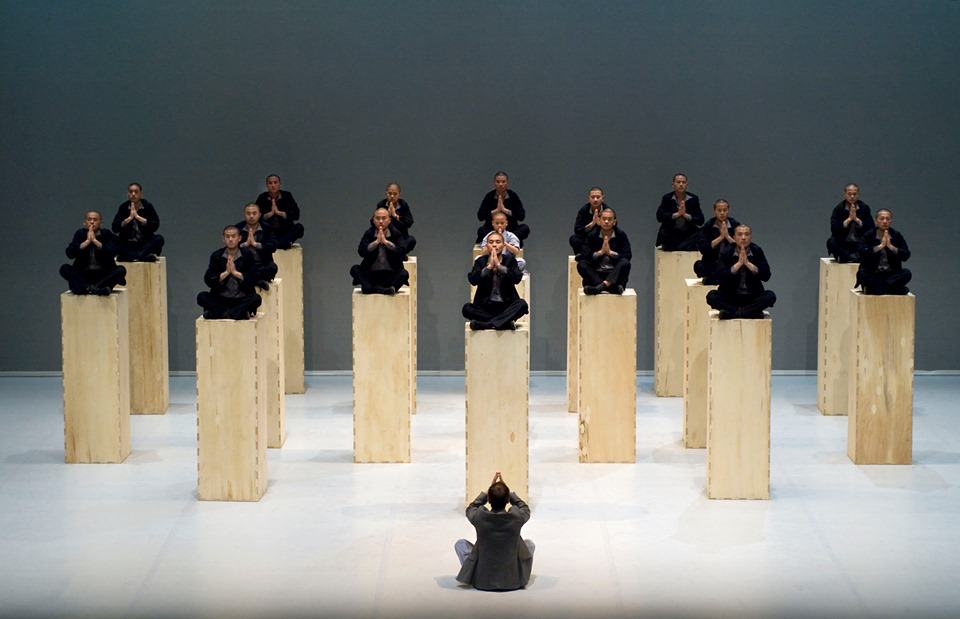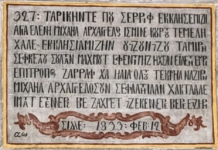One of the highlights of my incredible solo backpacking trip around China in the winter of 2012 was seeing a traditional kung fu performance in Beijing. Kung fu virtuosos performed feats of physical dexterity I never thought possible and would never consider even attempting in exquisitely demure gray robes accompanied by lively traditonal Chinese drumming.

The ancient martial art form of kung fu (also known as wushu) originated from the legendary Shaolin Temple, the 1500-year-old Buddhist temple on Shaoshi Mountain in China’s Henan province where many principles in Chan Buddhism (more commonly known by its Japanese name, Zen) were also developed. The temple is still active and the monks who practice there continue to inspire the world with powerful innovations in the realm of martial arts. Sutra (named after the Sanskrit term for a sacred Buddhist or Hindu text) is a collaboration between these monks and Moroccan-Belgian choreograher Sidi Larbi Cherkaoui that premiered in 2008 and was restaged at Zorlu’s resplendent Turkcell stage this month. The performance combined the ancient Chinese art of kung fu with modern Western jazz dance in an ambitious and impressive coalescence of creative expressions.
The dancers undulated around the stage into, out of, and even above long wooden boxes constructed by British sculptor Antony Gormley, wearing those same gray robes. The music was written by Polish composer Szymon Brzóska and while I was disappointed that the traditional upbeat Chinese drumming was not included, Brzóska’s cello and piano music brought a tranquil atmosphere to this new take on an old art form. The dancers however did integrate the traditonal movements that make kung fu the awe-inspiring martial art form that it is. One precocious young boy dove into the stage and flipped in circles while the other dancers stood perfectly still behind their boxes. The dancers demonstrated their stamina by flipping off of their boxes and landing gracefully. At another point, they posed with one arm elongated in a punch and the other pulled to the side in a triangle, one of the classic kung fu positions. The performers demonstrated spiritual synchronicity as they walked on and off of their boxes in carefully arranged sequences. The dancers concluded their performance with ancient Buddhist prayers in Classical Chinese, honoring the Shaolin Tradition and the Zen roots of kung fu. Sutra was a powerful way to bring 1500 years of Shaolin Tradition into the modern era with a poignant confluence of East and West, a welcome and creative continuation of the Shaolin legacy. As the old Chinese proverb goes, “Shaolin kung fu is the best under heaven.”
Image sourced via IKSV.










